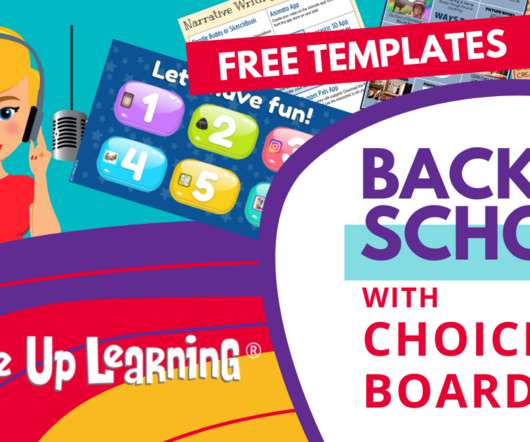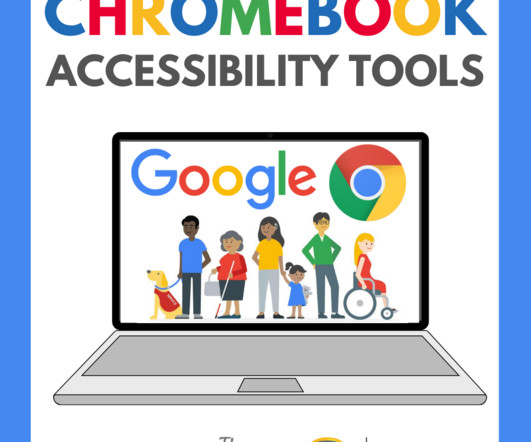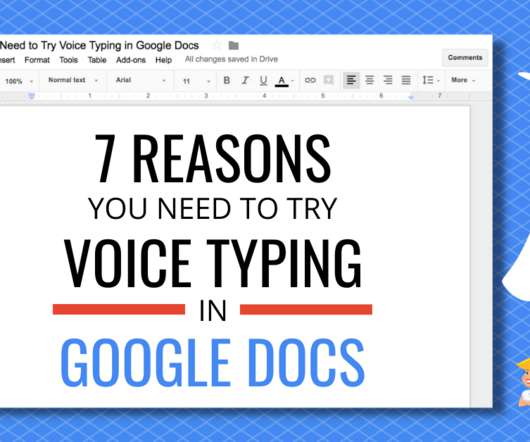A FAMILY OF DYSLEXICS TRANSFORM ED THROUGH STRUCTURED LITERACY AND ASSISTIVE TECHNOLOGY
techlearning
APRIL 4, 2018
Now in seventh grade, she sees a structured literacy tutor weekly, is taking all honors classes, and is getting straight As with appropriate accommodations (mostly technology). Thanks to blended learning for structured literacy intervention, he’s now at or about benchmark in every area. He urges teachers to use these tools.















Let's personalize your content